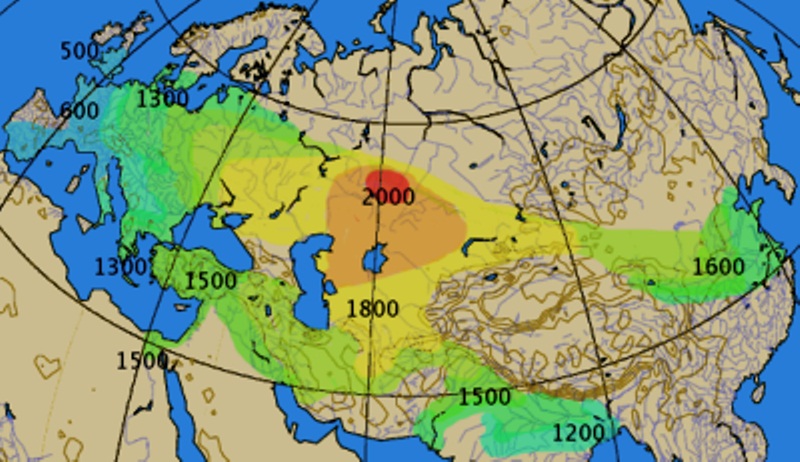The people believe that it all happened because of the controversy over the leaven of bread. The modern generation of people is almost mentally retarded.
You are a prime example.
Follow along with the video below to see how to install our site as a web app on your home screen.
Note: This feature may not be available in some browsers.
The people believe that it all happened because of the controversy over the leaven of bread. The modern generation of people is almost mentally retarded.
This roughly coincides with the end of the Romanesque (Hunnic) style and the beginning of the rampages of the Inquisition.This is precisely the point of differentiation between the power of the khans (konungs, kings) and the Britons(old.-scand. bryti), this is the 14th century. There were warriors when there were yarls and kings, the Hun authorities. In the 14th century, the Jarls were replaced by the Brits, and trade and religious power began.


It is hard to believe anyone could be this ignorant about world history.Surely there is a lie. Obviously, this was the most primitive army at the time. Ordinary slave army of the empire.
It is hard to believe anyone could be this ignorant about world history.
You need professional help.This is indeed the case.
People succumb to propaganda, although it is quite obvious that in the ancient world there were only 2 types of armies: a free professional army of the ancient Aryans and their heirs from pastoral cultures, such as the Media, Mittans, Achaemenids, Parthians and Huns, based on cavalry and slave armies of agricultural empires who essentially exploited slaves with no special skills in conquest.
This was reflected in the very structure and tactics of the armies. Slave armies moved on foot, minimally equipped, they were not even given trousers.
They tightly closed ranks against the arrows, and the task of the Aryans was to break it and fire at the enemies. From here comes the heavy cavalry and their wedge tactics, which remained even in the knightly hordes of the Middle Ages.